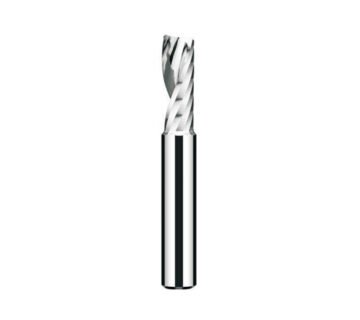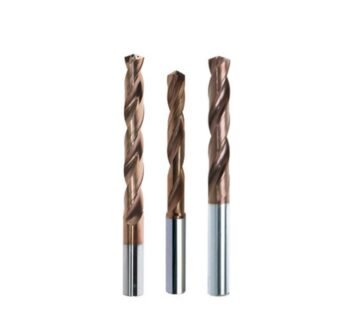Introduction:
Coatings play a crucial role in improving the performance and longevity of tungsten steel milling cutters. The right coating can enhance wear resistance, reduce friction, and improve thermal stability. This article provides insights on the factors to consider when selecting coatings for tungsten steel milling cutters.
Factors to Consider:
Material Compatibility:
Different coating materials interact differently with the workpiece materials. It is important to choose a coating that is compatible with the materials you are machining. For example, titanium nitride (TiN) coatings work well for general-purpose milling on various materials, while aluminum titanium nitride (AlTiN) coatings are more suitable for high-speed cutting on stainless steels and other heat-resistant alloys.
Cutting Parameters:
The cutting parameters, such as cutting speed and feed rate, have a significant impact on the performance of the coating. Higher cutting speeds and feed rates generate more heat, putting increased stress on the coating. In such cases, coatings with better thermal stability, such as titanium carbonitride (TiCN) or aluminum oxide (Al2O3), can provide better protection and prolong tool life.
Surface Finish:
Certain coatings, like diamond-like carbon (DLC) or nanocomposite coatings, offer low friction characteristics, resulting in improved surface finishes. If achieving a smooth surface finish is critical for your application, consider coatings that reduce friction and minimize the tendency of workpiece materials to stick to the cutter edges.
Cutting Conditions:
The cutting environment, including the presence of coolants or lubricants, can impact coating performance. Moisture, coolant additives, or high humidity can affect the effectiveness of certain coatings. Therefore, it is important to choose coatings that are resistant to corrosion or oxidation in the specific conditions of your machining environment.
Coating Options:
Titanium Nitride (TiN):
TiN coatings are widely used due to their excellent adhesion, wear resistance, and low coefficient of friction. They are suitable for general-purpose milling on a wide range of materials, including cast iron, carbon steels, and non-ferrous metals.
Titanium Carbonitride (TiCN):
TiCN coatings offer improved toughness and higher hardness compared to TiN coatings. They are suitable for high-speed milling and are resistant to wear under high cutting temperatures. TiCN coatings are commonly used for stainless steels, hardened steels, and other high-temperature alloys.
Aluminum Titanium Nitride (AlTiN):
AlTiN coatings provide excellent high-temperature resistance, hardness, and oxidation resistance. They are suitable for high-speed machining and can withstand the heat generated in applications such as aerospace or automotive industry milling operations.
Conclusion:
Choosing the right coating for tungsten steel milling cutters is crucial for achieving optimal performance and extending tool life. Material compatibility, cutting parameters, surface finish requirements, and cutting conditions are important factors to consider when selecting coatings. By understanding these factors and exploring the coating options available, you can make an informed decision and optimize your milling operations.



No comment